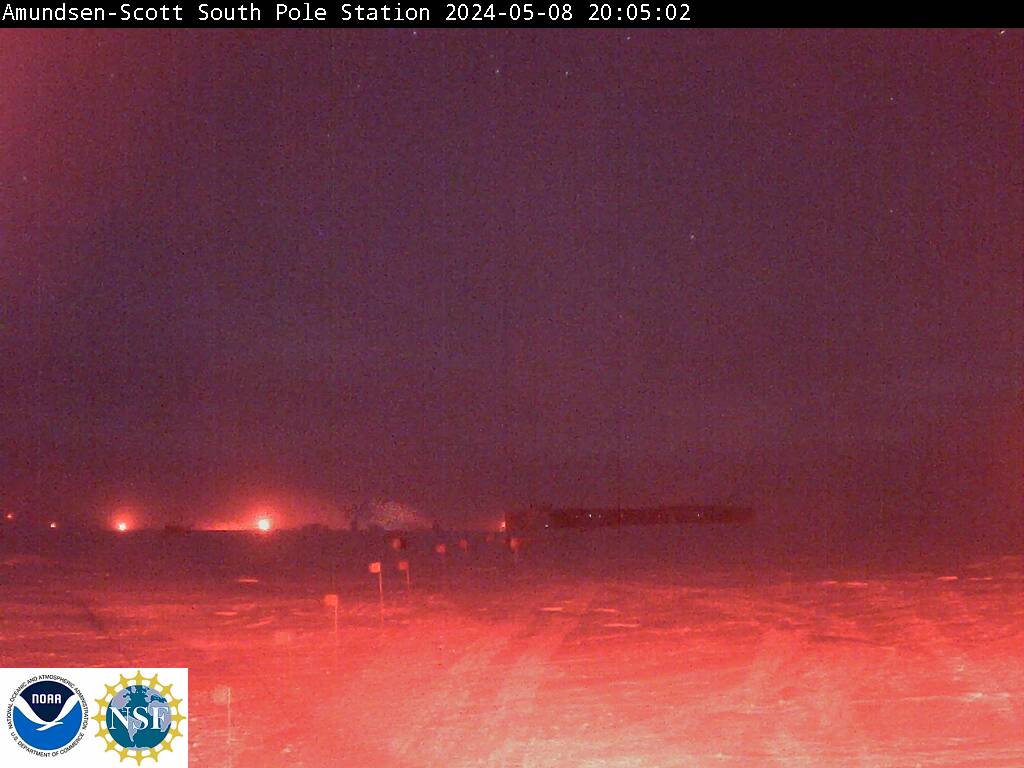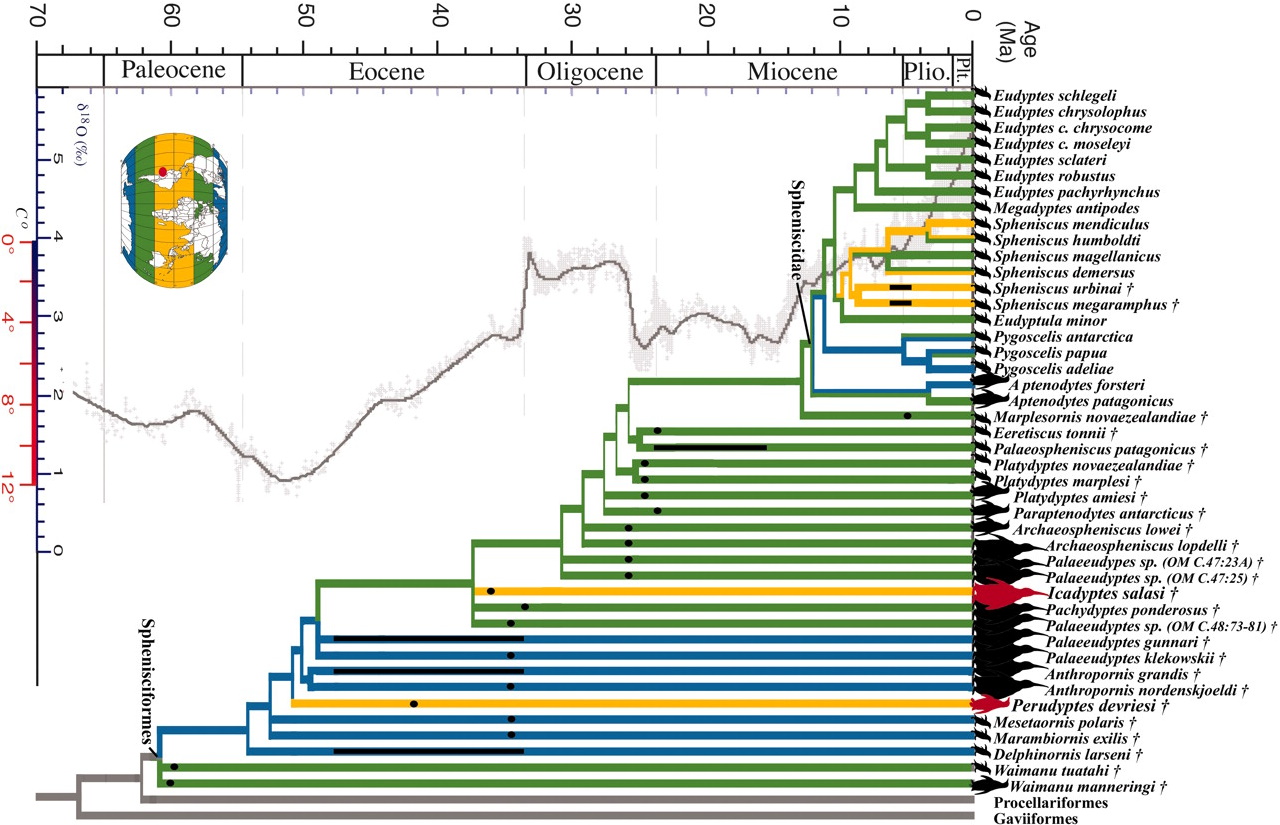Below is an example of what you'll find at "Penguin Science." Also, there is a section on climate change and the effects on penguins. While you're there, take a look at all the great photography. It is my hope that everyone will partake of the benefits that this site offers. Lastly, kudos to those brave scientists, who, despite the cold and foul weather of our southernmost continent, manage to create a larger body of knowledge that can help save the penguins. These folks are truly the unsung heroes of the natural world.
wiinterrr
GEOGRAPHIC STRUCTURE OF ADELIE PENGUIN POPULATIONS: DEMOGRAPHY OF COLONY GROWTH
Principal Investigators: D Ainley, G Ballard, P Wilson, K Dugger, P Lyver
OPP 9526865, 9814882, 0125608 (current study): Factors regulating population size and colony distribution of Adélie Penguins in the Ross Sea. $1,800,000. 9 years: 23 August 1996-31 July 2005. Co-PIs: D. Ainley, G. Ballard, L. Ballance, K. Dugger, N. Nur, G. Rau, and C. Ribic. Collaborators at LandCare Research NZ (P. Wilson, K Barton), funded independently.
We have completed 8 of 9 NSF-funded field seasons in which we attempt to explain why 1) colonies in the southern portion of the Adélie Penguin range (e.g., Ross Sea) increased in size noticeably during the 1970-80s and then leveled off (Fig. 1); 2) the rate of increase and variability has been much greater at smallest colonies (and minimal at large colonies); and 3) adjacent colonies ranged greatly in size in the first place. To investigate these issues, we chose an isolated cluster of 4 colonies (a metapopulation) on or near Ross Island that together comprise 8% of the world population of this species (30% of which lies in the Ross Sea) and range three orders of magnitude from among the largest to the smallest for this species: Ross Island (Cape Crozier 130,000; Cape Bird 36,000; Cape Royds 4,000); and Beaufort Island 38,000 pairs. A 5th, incipient colony, Cape Barne (also on Ross Is), has been occupied irregularly in recent years, and at times throughout the Holocene, by 20 or more pairs. Only the colony at Beaufort Island is space limited. Our basic plan was to compare the reproductive and foraging ecology and effort of penguins nesting at colonies of different size, as well as to assess demographic parameters.
Click here to visit "Penguin Science."

















No comments:
Post a Comment